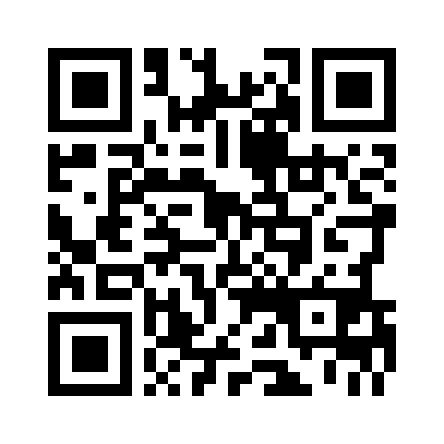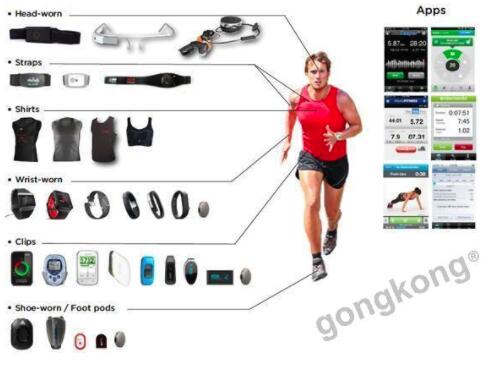
However, the data shows that the wearable device market has slowed down in recent years. According to the latest 2018 Wearable Sensor Industry Technology Report published by the China Research Institute, since 2016, global wearable device shipments and revenues have grown at an annual rate of 13%, with revenues growing. The scale has reached nearly 35 billion US dollars / year.
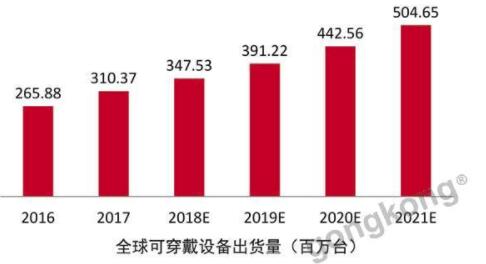
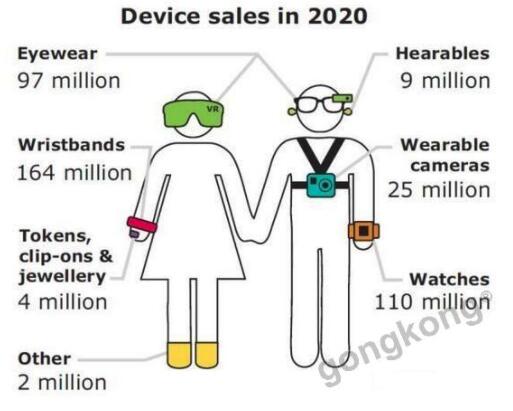
The problem of single function and poor practicality, wearable devices have also begun to criticize people. The bottleneck of the development of the wearable device market has arrived. Only by seeking breakthroughs in convenience and functionality can we break through. So what is the key to improving functionality?
Keywords: sensor
Take a closer look at these wearables and you'll find that they all have similar functions: tracking body movements, monitoring sound, temperature, with a microphone or camera. Behind these functions, the same thing plays a role: distance sensor, ambient light sensor... It can be said that the essence of wearable devices is the sensor, and various sensors let the small things that are worn on the body realize the movement. Tracking, data collection, information transfer and interaction.
How can we make new changes to the functions of wearable devices? This problem is self-evident here. The industrial control editor believes that to break through the existing development bottleneck, starting from the sensor is a good entry point. Only by letting sensor technology evolve from 1.0 to 2.0 can a big breakthrough be made in wearable devices. As the core device of the wearable device, the sensor is used in different products according to the measurement parameters. The function and performance of the wearable device are inseparable from the support of the sensor core technology. Sensors bring new interactions, innovative and interesting applications, and a better user experience to wearable devices.
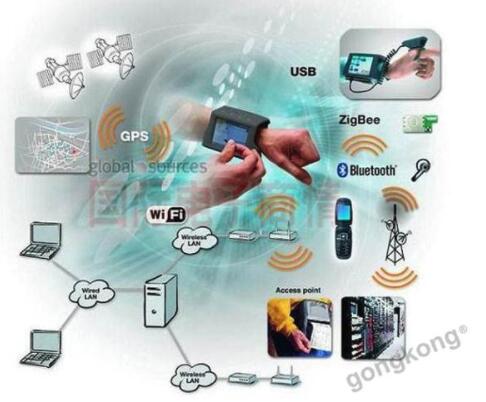
Sensors and wearable devices complement each other
The rapid development of wearable devices is inseparable from the role of sensors. Different sensors provide a large amount of data for the device and display the required information indicators. Wearables are evolving with the development of its integrated sensors, and one of the keys to the growth of the wearables market is sensors. Different wearable products are different for users, different purposes, and built-in sensors are not the same. Sensors in wearable devices can be classified according to functions: motion sensors, biosensors, environmental sensors, and the like.
The function and reliability of wearable devices is one of the most important features of users. With the emergence of more and more wearable devices, users have put forward higher requirements. The size, quality, power consumption, reliability, and stability of the sensor will affect the user experience, wear comfort, and power consumption of the wearable device. The various functions of wearable smart devices rely on the integration and innovation of various sensor functions.
At present, most wearable devices are light and smaller in size, not only ergonomically designed, but also highly reliable, ultra-low power consumption and adaptable to various environments. Therefore, it is necessary to develop more accurate, compact, and integrated sensors to meet the demand.
Potential development direction of wearable sensors
In the future, the functional requirements of sensors sensing multiple physical signals and the need for context-aware applications will continue to grow for real-time work sensor processing. Potential developments in sensor technology: multi-sensor fusion; selection of sensor materials with good biocompatibility; high sensitivity at low power consumption.
First, wearable devices integrate more sensors, and this trend will accelerate in the next few years. There is an increasing demand for functional features of wearable devices, which requires the integration of more sensors. The obvious advantage of integrating more sensors is that it increases the functionality of the device, allowing it to measure more parameters. In addition, the accuracy of the collected data can be improved.
Secondly, wearable devices need to be better ergonomically designed to better fit human limbs, so the application of new materials enables high-resolution, high-sensitivity, fast-response, low-cost manufacturing of flexible wearable electronic sensors. And complex signal detection is still a big challenge.
Finally, wearable devices need to continuously improve product endurance and reduce energy consumption. The key technologies are battery energy density and environmental energy. However, as far as the current technology is concerned, it is not feasible to change the performance of the battery. The wearable device can only increase the battery life of the device by selecting the backup battery and ITW Switch reducing the power consumption of the sensor.
Former Apple CEO John Sculley once said: "Wearable technology will have a huge impact on everyday life. We are at the starting point of the sensor revolution. Wearable devices allow passive sensors to monitor many different things." In the face of changes in the wearable device market, can your sensor withstand the test?





